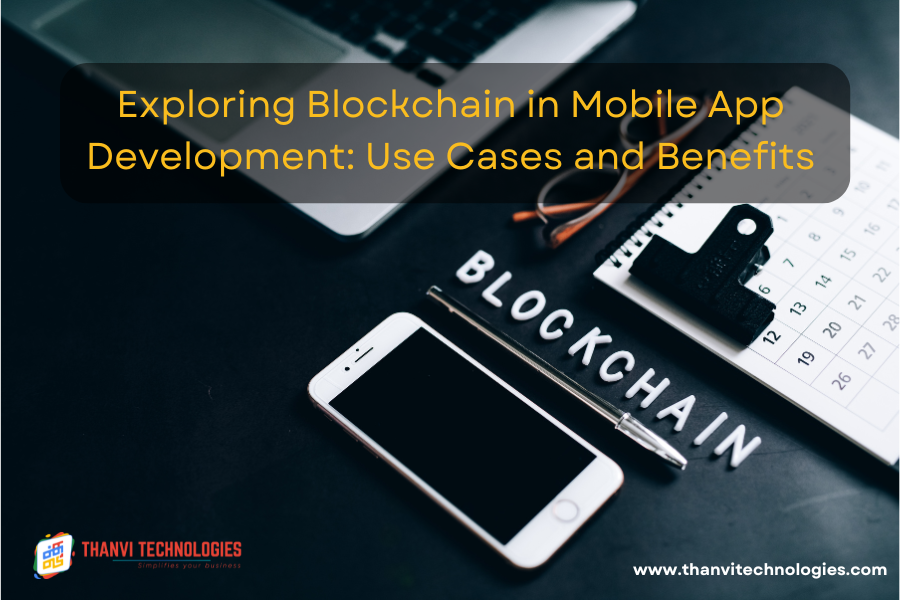




Blockchain technology has emerged as a transformative force in various industries, and mobile app development is no exception. With decentralized architecture, enhanced security, and transparency, blockchain revolutionizes how mobile apps are built and operated. Let’s dive into its use cases and benefits in mobile app development.
Blockchain is no longer just a buzzword; it is a game-changer for mobile app development. By integrating blockchain, developers can create apps that are secure, efficient, and transparent, delivering unparalleled value to users. As technology evolves, the potential for blockchain in mobile apps will only grow, making it an essential tool for forward-thinking developers.
Are you ready to integrate blockchain into your mobile app? The time to innovate is now!